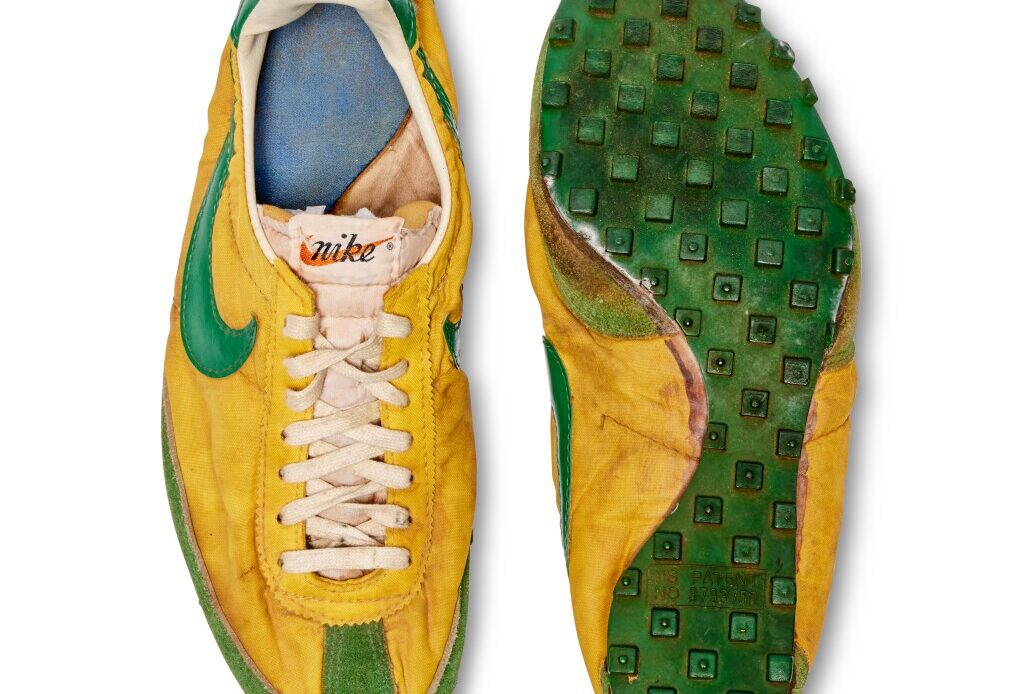First, it was Ronnie Baker and his move to adidas. Then, Elaine Thompson and her move to PUMA. Then, Marcell Jacobs and his move to PUMA, and finally, Fred Kerley and his move to ASICS. I just saw some social media experts doing a podcast on how Nike is falling apart and giving up on track & field. So, in order to keep my blood pressure down and to perform a public service, here are six deep thoughts on Nike and where they are at with global track & field.
1. The day of NIke having everything in track & field is over. For nearly 30 years, one guy sat at the top of the Nike athletics sports marketing food chain, and his name was John Capriotti. A 14:05 guy at 5,000m, a Cal Poly San Luis alum, and former college coach, John Capriotti bled Nike and loved track & field. His era saw many athletes sponsored by Nike and saw many events getting the support that they needed to survive. It also had Nike CEOs who loved running and track & field. John Capriotti has retired and the current CEO is a businessman, not a businessman with a running pedigree.
2. The day of Nike sports marketing director in athletes having autonomy is over. If one read the job description last summer for the new sports marketing position at Nike, it was obvious that the power and autonomy of the position had drastically changed. The new sports marketing director, Brett Holts has a pretty detailed job description, and athletes have to have value for running marketing.
3. Lot fewer athletes will be wearing the Swoosh. The losses of Ronnie Baker, Elaine Thompson, Marcell Jacobs, and Fred Kerley are the tip of the iceberg. There has been a paradigm shift at Nike running. The departures from Bowerman Track Club (another subject), and the changes at the Oregon Track Club signaled by the departure of Mark Rowland to Athletics Canada, are just a few of the changes in the Nike athletics paradigm shift. In this observer’s estimate, the last time changes happened so quickly at Nike T&F was in 1988, post-Seoul.
4. It is all about Nike global marketing: USATF, British Athletics, what other federations do they need? They have many but do they need to be sponsors of World Athletics or the Olympics. ASICS had a ten-year deal with World Athletics. It seems to this observer, that the big properties are key, but if they get too expensive, Nike will go and invent something on their own.
5. Nike has re-examined high school track & field and cross country. The 1.6 million…
CLICK HERE to Read the Full Original Article at runblogrun…

